With President Donald Trump’s administration in office, U.S.-Russian relations look to have had a fresh start. Their change for the better could be breathtakingly fast and promising. The former U.S. President Joe Biden’s war-mongering anti-Russia rhetoric and support for Ukraine not to lose the war are now replaced with Trump’s leaning to Russia and concern for soldiers dying on both sides. It’s a “ridiculous war, where there has been massive, and totally unnecessary, death and destruction. It’s got to end,” said the U.S. President, and peace-loving people the world over support him in this demanding pursuit.
Russian President Vladimir Putin supports the course for a peaceful settlement with Ukraine, though strictly on his terms, excluding compromise and territorial concessions. His visit to the warring Kursk region on March 12 was the first time since the Ukrainian assault began last August. His being dressed in military attire may signal determination not to change the uncompromised stand. Last June, he set out his stance on the territory: Ukraine must withdraw from entire territories of its four regions claimed and mostly controlled by Russia. Whether he will soften his uncompromising stand with the U.S.-Russian détente on the way remains to be seen. Boosting dialogue with the U.S. on matters of joint international concern, lifting of anti-Russia economic sanctions and building post-conflict global architecture are vitally important for Russia. Trump’s position on Russia’s claims over Ukrainian territories could be crucial for this dialogue.
Trump’s direct approach
A quick peace is what both Russia and Ukraine deserve the most, declared Trump, adding that they are working very hard on it. Following up on the scandalous meeting in the Oval Office on Feb. 28, he shortly halted Ukrainian military assistance that was considered by some as a “gift to Putin.” Welcomed by the Kremlin, the move generated mixed reactions on Capitol Hill and annoyance and indignation in Europe and Ukraine. Trump’s fellow Republicans were far from unanimous in their appraisal of his initiative, while the Democrats bitterly resented it. The move was hardly meant to stop assistance to Ukraine, as it instantly resumed after expected apologies from Zelenskyy.
Trump’s short-lived ban on Ukrainian military aid hardly helped to stop hostilities in Ukraine. However, it contributed to further winning Russia to the U.S. side and boosting their relations shift for the better. As the communications started, Putin received what he wanted the most – a chance to talk about Ukraine with the U.S. directly and over the heads of Kyiv and Europe. Reciprocities didn’t have to wait long – the next day, Russia announced its willingness to assist the U.S. in contact with Iran on various matters, including Tehran’s nuclear program. The news was confirmed by Kremlin spokesman Dmitry Peskov, saying that “Russia believes that the U.S. and Iran should resolve all problems through negotiations” and that Moscow “is ready to do everything in its power to achieve this.” These days, signals of U.S.-Iranian nuclear talks have started to emerge.
Can U.S.-Russia cooperate?
Trump argues that the Ukrainian conflict is hardly related to United States national security. This conflict “doesn’t affect the U.S. very much. It’s on the other side of the ocean,” he clarified in an interview with Fox News. On the agenda, the U.S. is now in a stronger position in global affairs. Making America Great Again, or MAGA, has been a flashy motto since Trump’s first tenure in office, and it is the ground-laying for presidential initiatives both at home and abroad.
U.S.-Russian interests could occasionally coincide with Trump’s pursuit of this demanding mission. It could make these countries partners, though situational if their started rapprochement gains solid ground and benefits administrations. Cooperation in various sectors may include energy and exploration of rare metal deposits in the Arctic. The sides discussed potential joint projects in the Arctic during recent U.S.-Russian talks in Saudi Arabia, according to Russian Direct Investment Fund CEO Kirill Dmitriev, a participant in the meetings.
Russia seeks the return of global multinationals for economic prosperity. However, with the toughest Western sanctions ever imposed on a major economy, it is difficult to achieve. If the U.S. lifted the sanctions, Western investment could flow again into Russia, and Russian markets would rally. The next few days will show how feasible the results of U.S.-Russian talks on a 30-day cease-fire in Ukraine are in terms of success.
Nuclear arsenals are another point of mutual concern. The U.S. and Russia are by far the world’s biggest nuclear powers, followed by China. Trump has offered to speak to Putin about limits on nuclear weapons arsenals and include Chinese President Xi Jinping in the talks.
Negotiating for normalization
Considered a pariah by the West until recently, Russia got back to the negotiating table in no time with Trump in office. “The question is about starting to move toward normalizing relations between our countries, finding ways to resolve the most acute and potentially very, very dangerous situations, of which there are many, Ukraine among them,” sums up the ongoing Russian Deputy Foreign Minister Ryabkov.
While not many results have been reached so far, both the U.S. and Russia are positive about the potential of their rapprochement. Their first face-to-face meeting in years this February in Riyadh, according to U.S. Secretary of State Marco Rubio, produced a broad-scope agreement to “pursue three goals: to restore staffing at their respective embassies; to create a high-level team to support Ukraine peace talks; and to explore closer relations and economic cooperation.” Russian Foreign Minister Lavrov, for his part, hailed the meeting as “very useful.”
Still, the second U.S.-Russian meeting a week later in Istanbul produced a more modest result than had been awaited. Lack of clarity on how to proceed, according to Russian sources, discouraged the expected meeting outcome. “Russia wants to see movement forward, not just words,” complained the source.
Apparently, that’s the way U.S.-Russian relations are going to proceed – with stumbling blocks, potholes and bottlenecks to befit the parties’ interests. The Trump-Putin teleconference on March 13 may give another boost to their ongoing rapprochement if a mutually beneficial compromise on the Ukrainian settlement is reached.
An anticipated Trump-Putin face-to-face meeting is sitting high on both countries’ agendas. Trump says he wants to “work together, very closely” with Putin and hopes they will be “visiting each other’s nations.” So does Putin, who invited Trump to Moscow for Victory Day celebrations on May 9. If the visit happens, it will signify a breakthrough in U.S.-Russian relations and mark a clear departure from Western efforts to isolate Moscow.

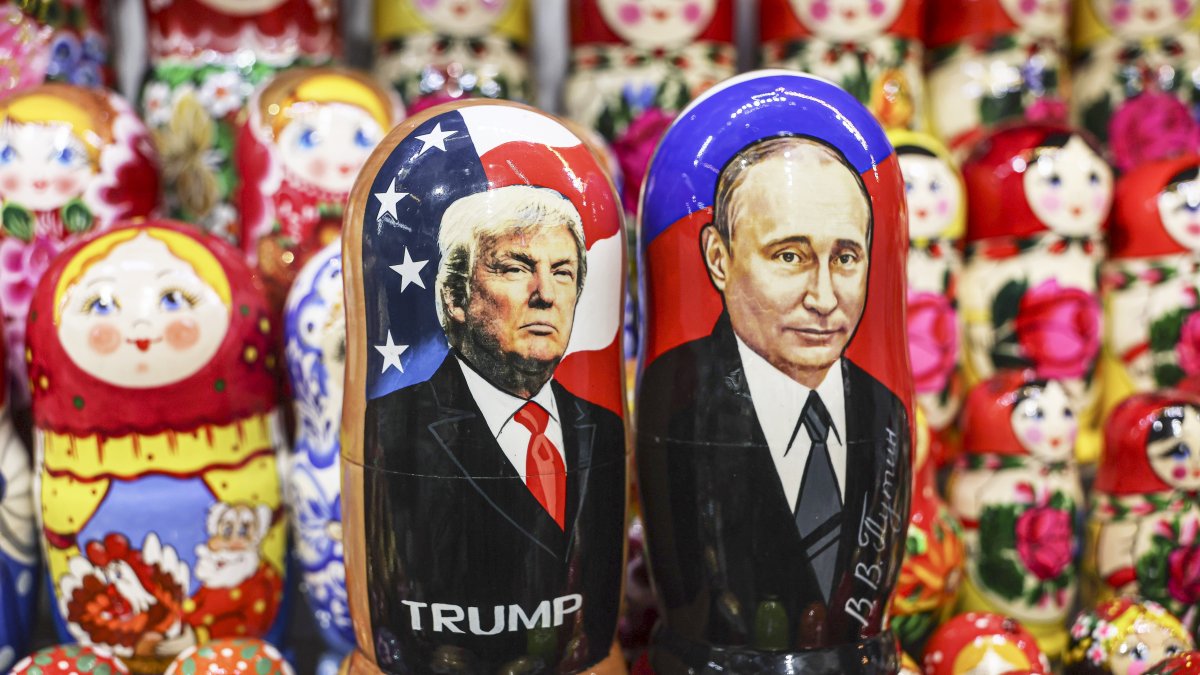



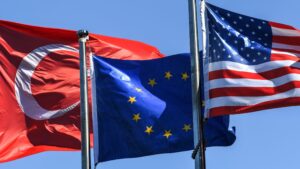


















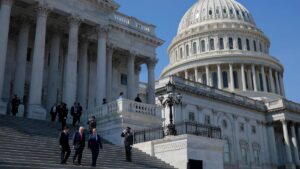










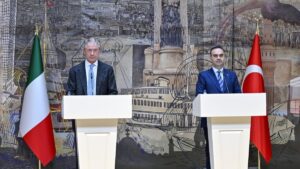






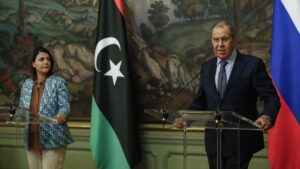









Be First to Comment